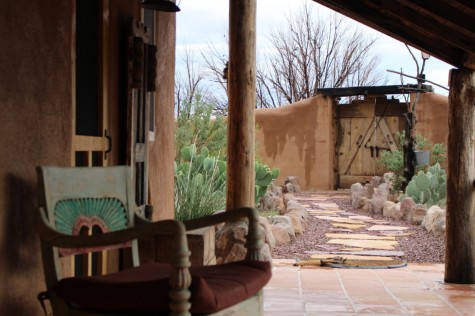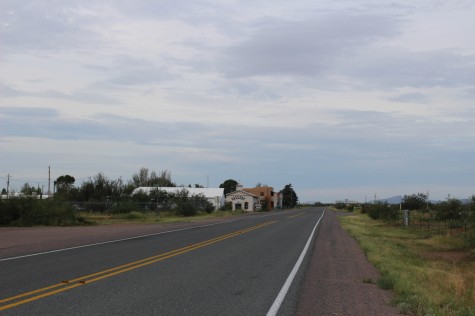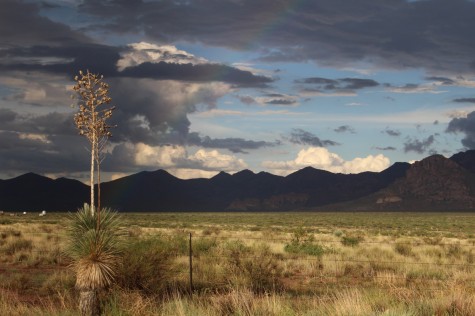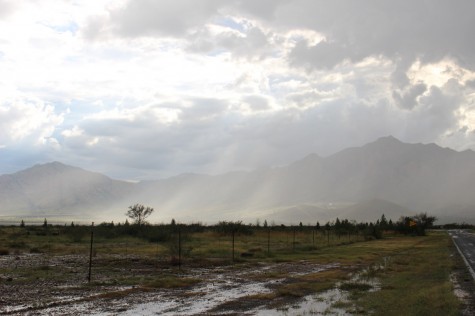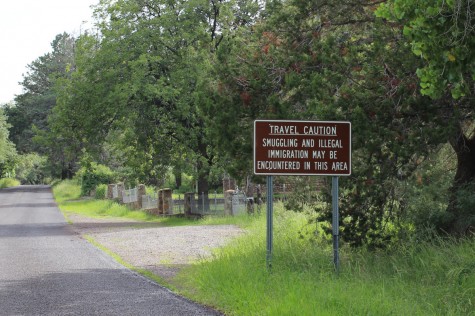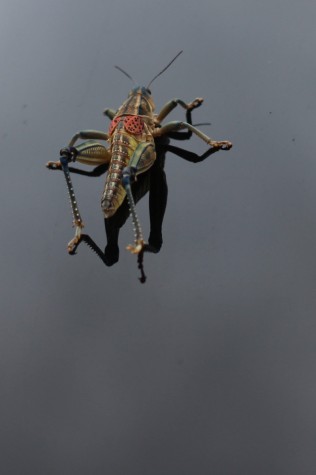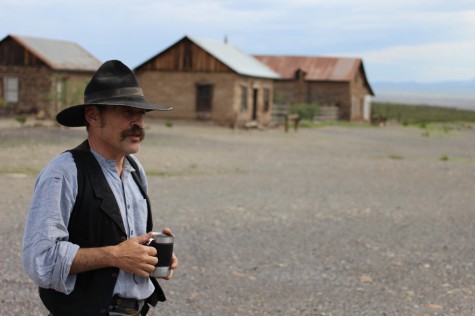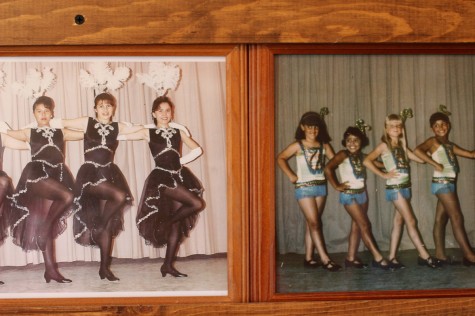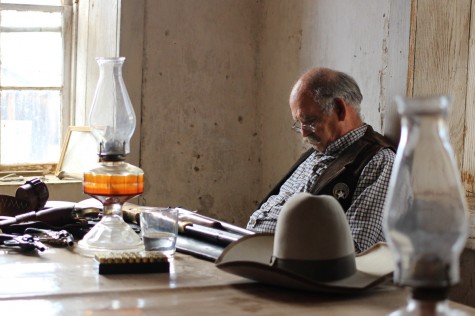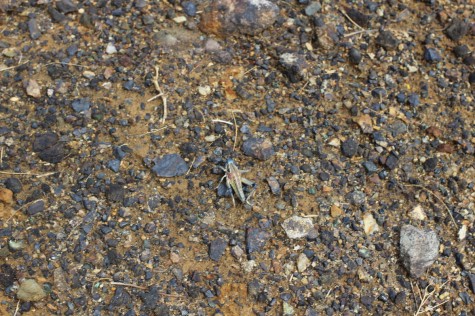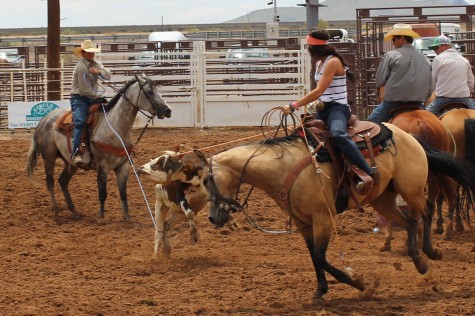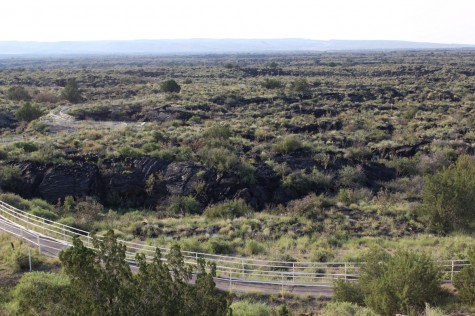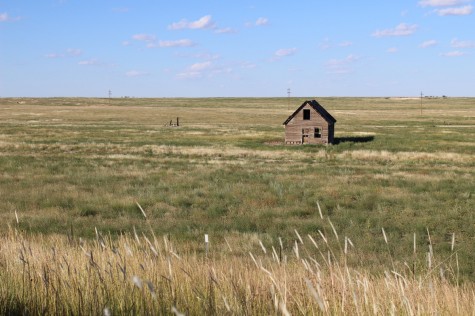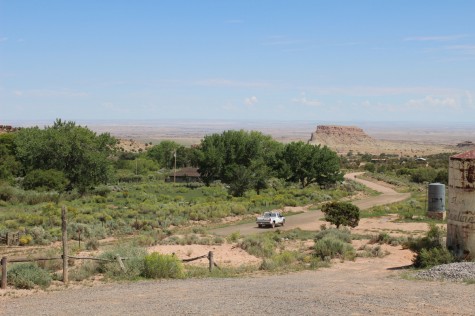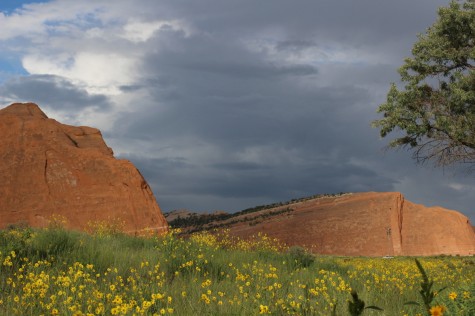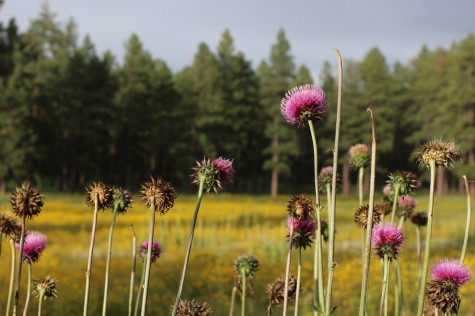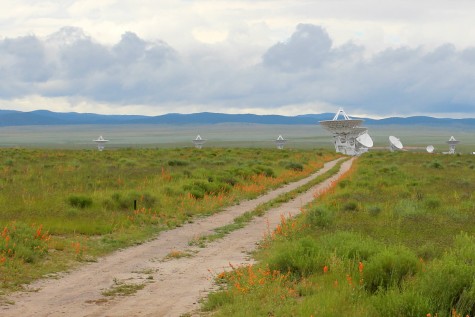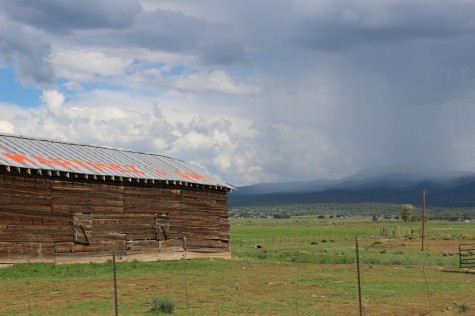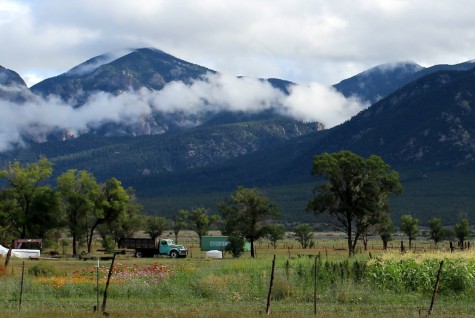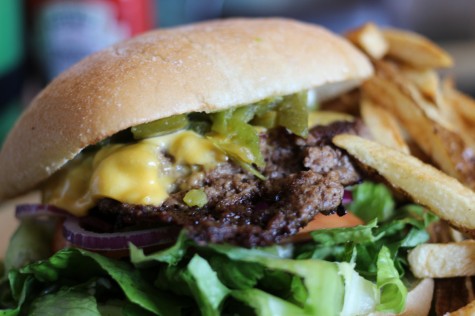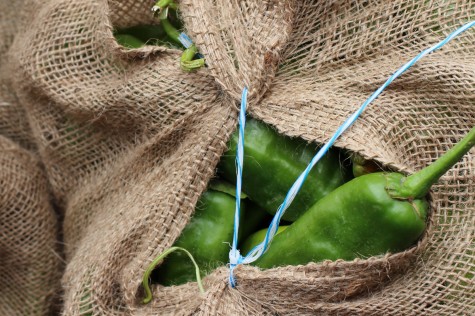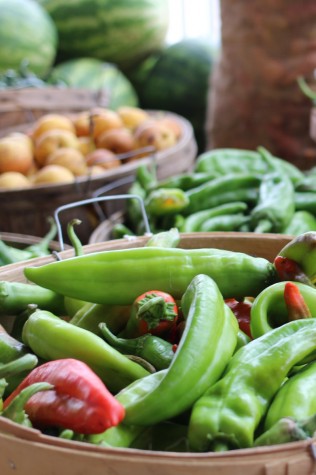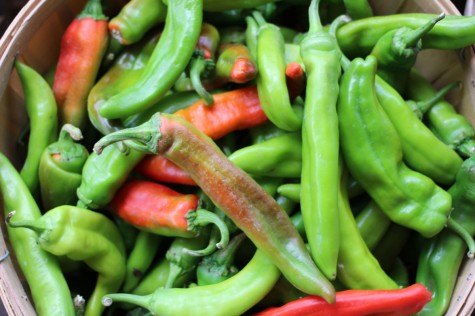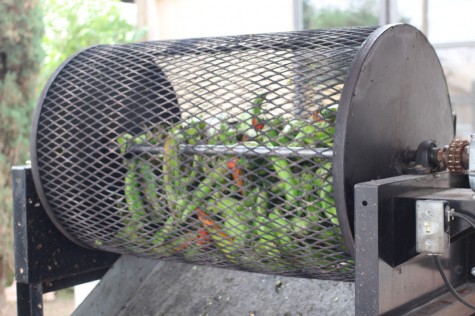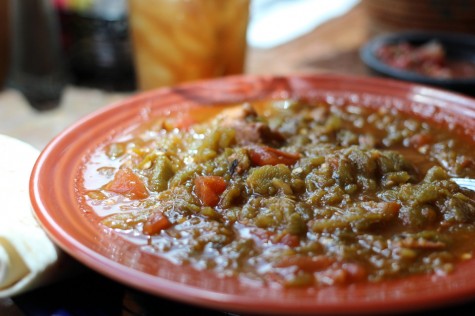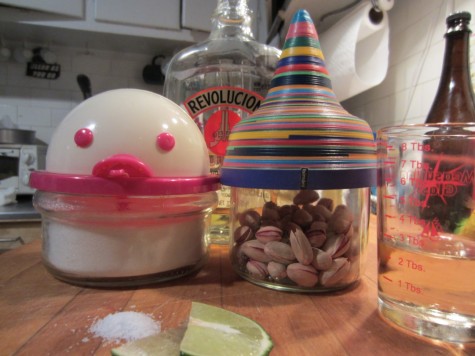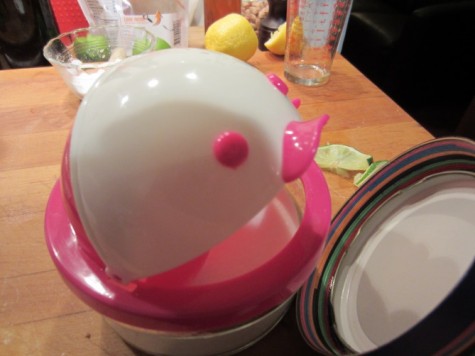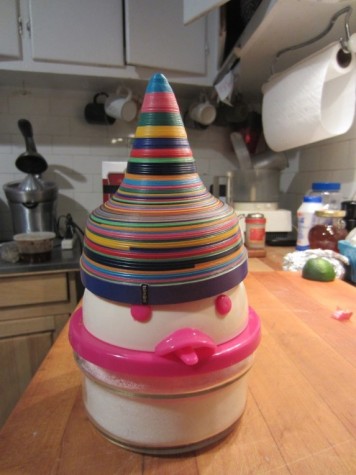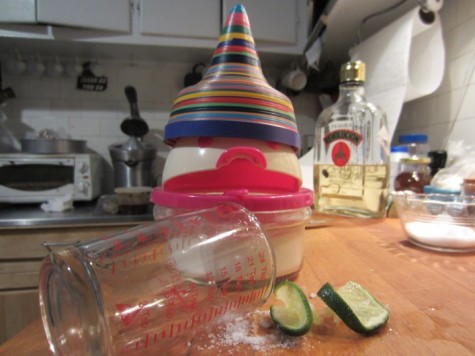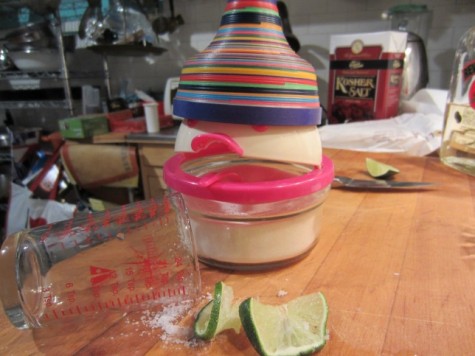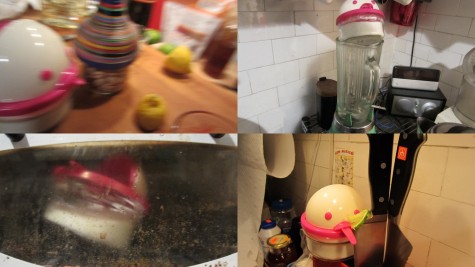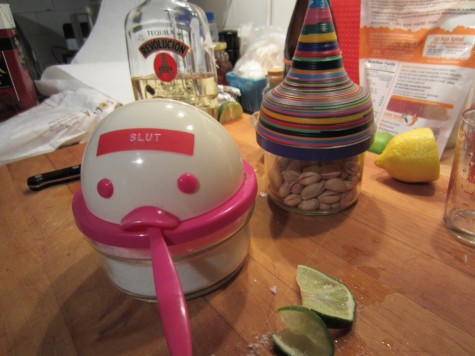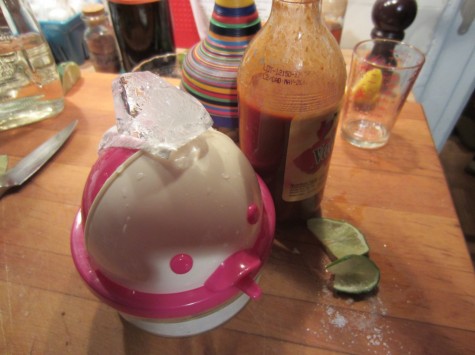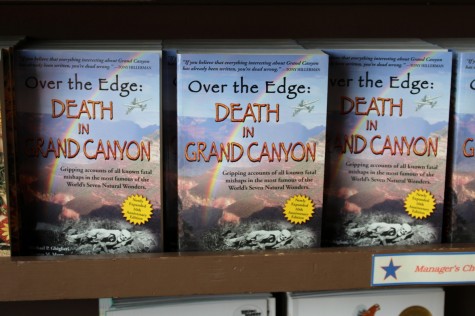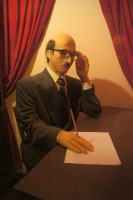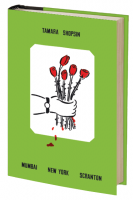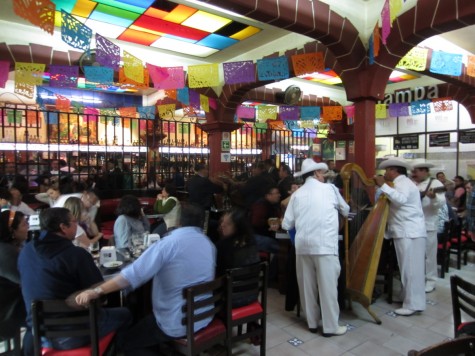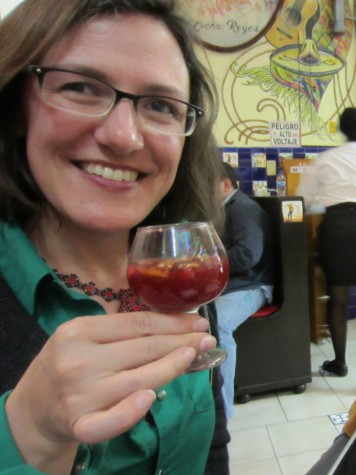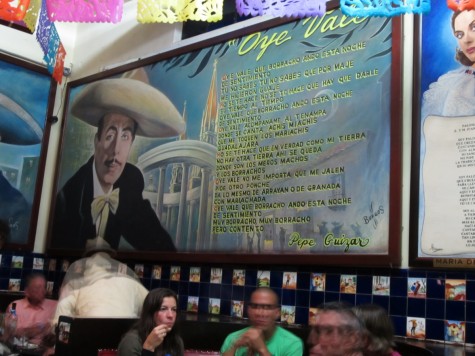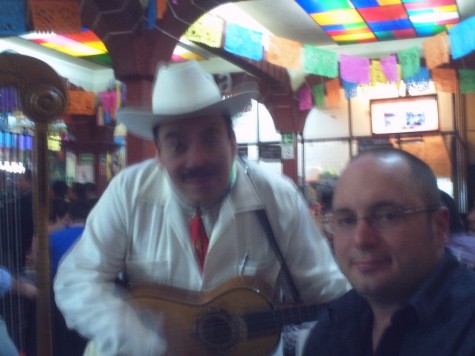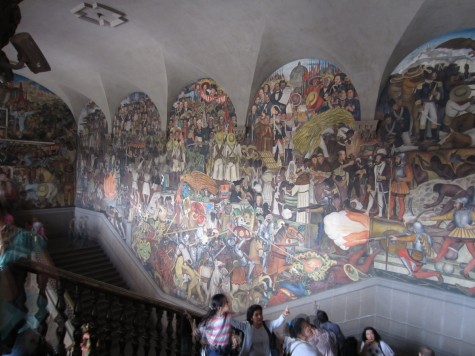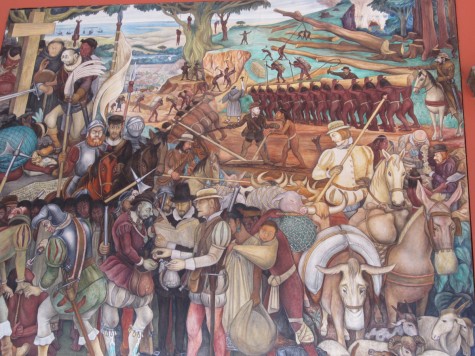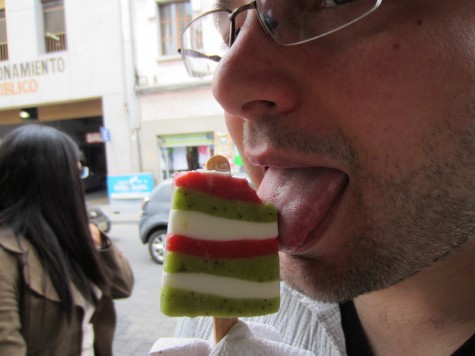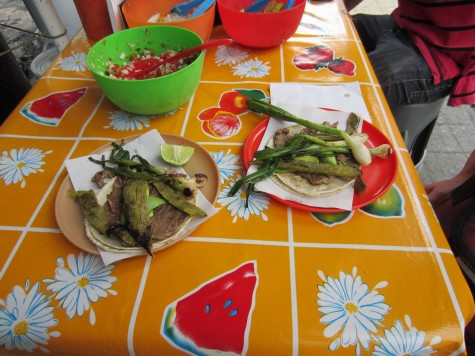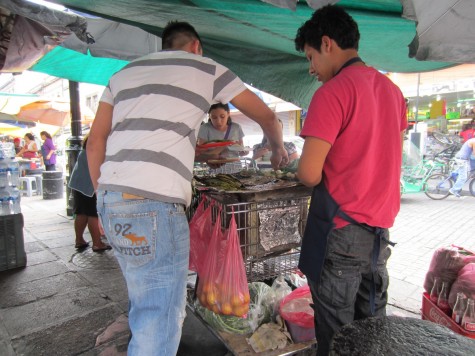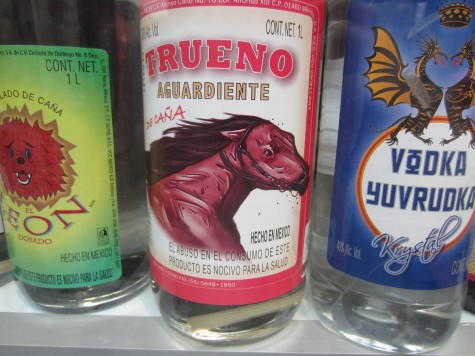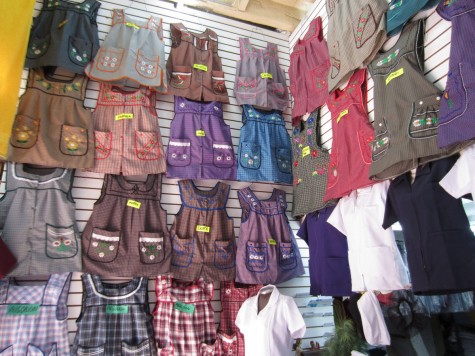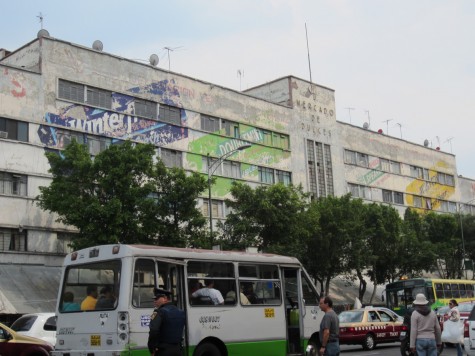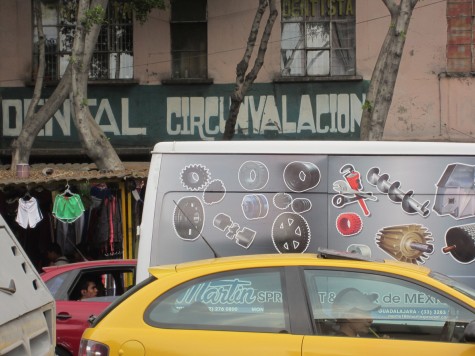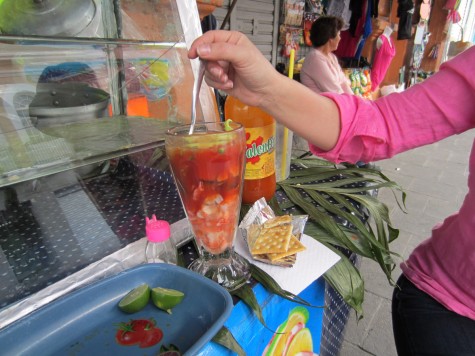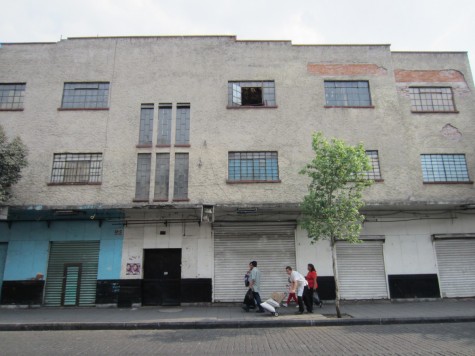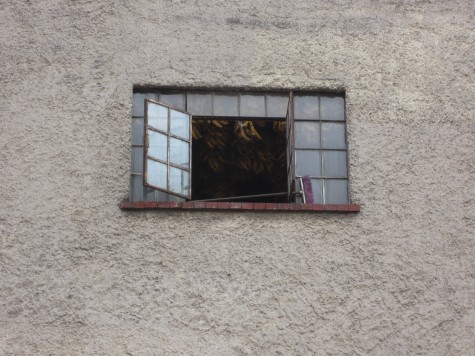But in fact, there was a whole stubby little bit of the state I’d never set foot in–the so-called bootheel, which sticks down in the southwest corner. The closest town on the interstate is Lordsburg, which might explain why I’d never driven down there. Lordsburg is a pretty dismal ex-railroad town, with so much chain-link fencing that it kind of saps your strength to drive farther.
On my guidebook research trips, I try to put a couple of roadblocks in my schedule, to force myself to slow down and take a periodic break. So I booked two nights at the Casa Adobe, in Rodeo, New Mexico.
I wish I could’ve stayed a week. The house was lovely, and there’s no cell service in Rodeo, and no internet at the house.
And the light…ahhh.
Rodeo is just a mile or so from the Arizona border, and Cave Creek Canyon, which is famous as a great birding spot. I mean, famous in birding circles. There is something uncanny about the Arizona border–somehow the instant you cross it, the scenery gets better than what was on the New Mexico side. I’m not sure how they pulled that off. These mountains, just on the Arizona side, were freakishly lush and vibrant.
The trade-off, though, is you have to deal with Arizonans and their immigration panic:
(My New Mexico is such a hippie New Mexico that I didn’t even realize until the government shutdown that NM’s southern district had elected a Tea Party wackadoo to the House of Representatives. So the immigration panic isn’t limited to Arizona, I now understand. It’s just NM doesn’t have any warning signs on the highway…yet.)
On the second day, I drove back up to near Lordsburg and visited Shakespeare ghost town, which is open only once a month or so. On the way I stopped at the gas station, and saw this critter:
Imagine my thumb next to him for scale. BIG dude. Locusts! In little coral-colored bikini tops, they kinda look like.
Shakespeare is fascinating because it’s really nicely preserved, but it also has this layer of more modern history, of the family that has owned it for a few generations. One woman taught dance classes there for decades, and one cabin is lined with recital photos–worth the price of admission.
Quiet moment in the lynching room…anticipating the gun fights later.
Also at Shakespeare, I learned that the freakishly colored locusts are actually perfectly adapted to a landscape made of volcanic rock and mine tailings.
The really nice thing about being in Rodeo, in the middle of nowhere, for two whole days, is that I appreciated Lordsburg a bit more when I came back. There are a couple of good cafes, after all, and some choice neon. And the museum has a really good exhibit on German WWII POWs interned around here. And they were practicing roping at the fairgrounds.
If you don’t hear from me, it’s because I went to be a cowgirl in Rodeo…
